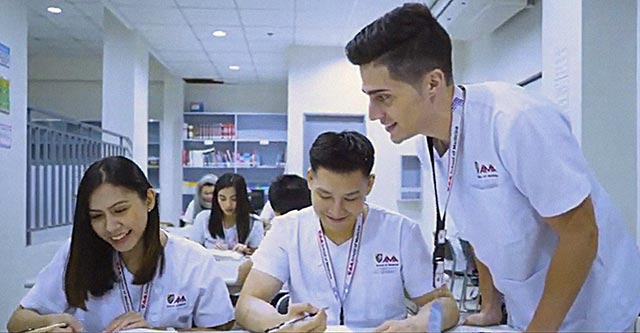
info@amaschoolofmedicine.org.ph

AMA School of Medicine

The AMA School of Medicine aims to produce competent medical practitioners who are educated on an innovative case-based curriculum that will develop students to become self-directed and lifelong learners - qualities that will prepare them for professional practice.
The program is a hybrid curriculum designed to synchronize the basic science concepts and to utilize case-based scenarios to integrate concepts related to the basic science disciplines. The clinical disciplines are integrated vertically using a problem-based learning strategy to integrate concepts in the clinical disciplines. The AMA Medical Curriculum incorporates Information Technology-based capabilities to enhance learning and assessments, as this is strength that is offered by the mother company.
Equips the students with clinical reasoning, problem-solving and critical thinking skills with emphasis on interdisciplinary and life-long learning. The first three years provide the students with an integrated understanding of the basic and clinical sciences in the classroom and community settings. The fourth year of the curriculum is devoted to the application of the basic and clinical concepts in actual clinical and community settings.
Selected subjects which include ethical and legal aspects of the practice of medicine, epidemiologic and health research programs and the practice of profession enhance the medical curriculum.
The medical curriculum employs various teaching-learning and assessment strategies to achieve the educational goals. As early as the First Year, the students are exposed to cases that would allow them to relate basic science concepts to clinical practice. The first year of the curriculum is designed as modules or blocks based on organ systems with similar or related functions. This instructional plan aims to synchronize topics in Anatomy, Biochemistry and Physiology. Correlation of selected concepts will be achieved through case discussion in a problem-based tutorial session, team learning and case method activities.
The Second and Third Years of the curriculum are a continuum of organ-based modules that integrate basic and clinical concepts. Problem-based learning (PBL) is a principal teaching-learning activity augmented by correlate activities as lecturers, laboratory exercises and case method discussion. The students in a PBL small group setting (ratio of 1 tutor to at most 10 students) encounter and discuss problems common to practice.
The Fourth Year, which is the final year, allows the students to learn from clinical materials in affiliate hospitals and community settings.
Evaluation of student performance is based on the curriculum design where smallgroup learning is a predominant activity. Assessment includes written examinations, practical examinations, clinical observations, and tutorial or case discussion participation and attitude development.